 |
November 3, 2017 Volume 23, Number 44 |
Research and Education |
General Interest |
Network Tools |
In the News |
Research and EducationBack to Top | |
 |
|
 |
|
 |
|
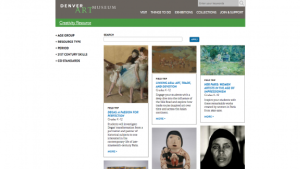 |
|
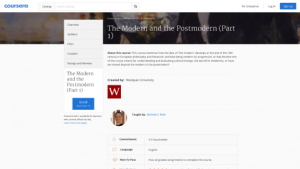 |
|
 |
|
 |
|
 |
|
General InterestBack to Top | |
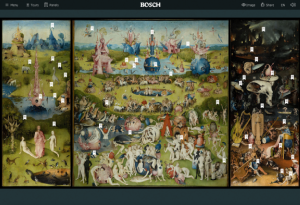 |
|
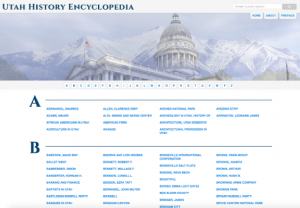 |
|
 |
|
 |
|
 |
|
 |
|
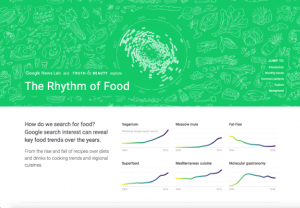 |
|
Network ToolsBack to Top | |
 |
|
 |
|
In the NewsBack to Top | |
Remembering Iona Opie, Who Researched Childhood Rhymes, Folklore, and Playground Culture | |
|
Iona Opie: Amateur scholar behind 'The Oxford Dictionary of Nursery Rhymes' catalogued centuries of childhood Iona Opie, 94, Authority on Childish Things, Is Dead Iona Opie obituary The University of Sheffield: Childhoods and Play British Library: Iona Opie Bookworm: Maurice Sendak and Iona Opie On October 23, 2017, Iona Opie died at the age of 94 in Petersfield, Hampshire, England. Opie dedicated her life to researching nursery rhymes, children's games, playground taunts, and the culture of childhood. Iona Opie was born Iona Margaret Balfour Archibald on October 13, 1923. During World War II, Opie joined the Women's Auxiliary Air Force, where she trained to be a meteorologist. She left the Air Force in 1943 to marry writer Peter Opie, and the two began collaborating on books shortly afterward. In 1947, the couple published I Saw Esau, a collection of rhymes, chants, and aphorisms (for instance: "Sticks and stones may break my bones/ But names will never hurt me") popular among British school children. The couple went on to publish The Oxford Dictionary of Nursery Rhymes (1951), The Oxford Nursery Rhyme Book (1955), and Children's Games in Street and Playground (1969). During her collaborations with Peter Opie, Iona Opie was primarily responsible for conducting research, while her husband wrote. To conduct research, Opie examined books about children's rhymes at Oxford's Bodleian Library along with over 20,000 books that the Opies collected. In addition, Opie visited over 70 local primary schools and observed children at play. These observations informed the Opies' "Children's Games" book along with The People in the Playground, which Opie authored on her own and published in 1993. Through these books, Opie, who never attended college herself, influenced sociologists of childhood. Today, the Opies' personal book collection, valued at one million pounds, can be found at the Bodleian Library. [MMB] The first three links take readers to three obituaries of Iona Opie, from Nicholas Tucker at The Independent, Richard Sandomir of The New York Times, and Veronica Horwell at The Guardian. Next, the University of Sheffield's Childhood and Play collections is an ongoing project that aims to digitize "the archive collection of Iona and Peter Opie relating to the play and cultural traditions of children." On the project's website, visitors can listen to a thirty minute address that Iona Opie gave at a University of Sheffield conference in 1998. In addition, visitors will find links to previously archived materials relating to Opie's research on the About the Project page. The fifth link takes readers the British Library's remarkable page dedicated to Iona Opie. Here, readers will find articles about Opie along with a a number of field recordings by Iona Opie. (The Sheffield Project acknowledges the British Library's collection of field recordings is one of the primary bases for their current project). Finally, the last link takes readers to a 1993 episode of KCRW's Bookworm featuring an interview with Iona Opie and Maurice Sendak. Sendak illustrated I Saw Esau in 1992. | |





